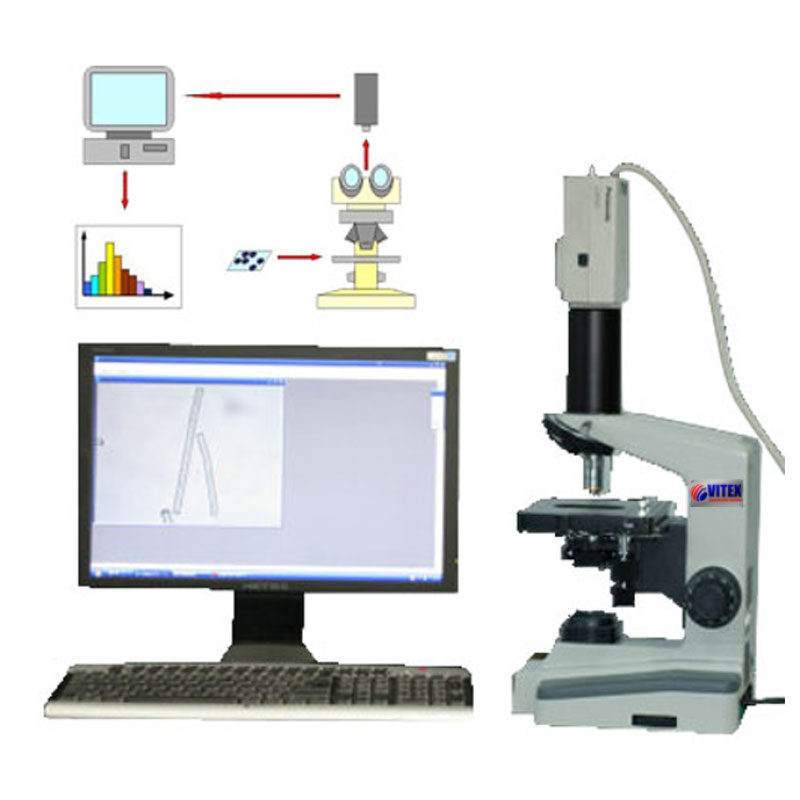Application
Fiber Fineness Analyser, used to determine the fineness of fiber and analyze the content and
surface feature of animal fiber, vegetable fiber and mineral fiber, such as cotton, wool, man-made fiber, etc.
This fiber analyzer is efficient, its kernel is a special soft package, and it is based on the digital image technology and interactive operation. Operator selects the objects, and then the system measures fiber and gets the statistic result automatically.
To use, pick a bundle of fiber and cut a segment about 100um at the middle position, then submerge the fiber segment in one or two drops of paraffin oil and ensure evenly covered. Next, place the sample on the telescope stage – the magnified image is projected on the CCD camera and digitized in computer memory. Then the digital image of sample can be processed and measured.
Functions (Optional orders)
Fiber content test
Standards
AATCC 20/20A, ISO 137, ISO 17751, IWTO-8-97,
IWTO-47-00, FZ/T01057.3, GB/T 10685
Power
220 /110 V 50/60 Hz
Weight
40 Kg
Dimensions
600 x 400 x 600 mm (L x W x H)



